
2section extension ladder 2x10 rungs, PRO w/ stabiliser Ergonomic stiles The ladder is
Foot the Ladder. You should only foot the ladder if other methods of safely securing it cannot be achieved. Footing the ladder means that another person physically holds the base of the ladder in place. While the user ascends and descends it, the person footing it should maintain a secure grip of the stiles. Footing should not be used to secure.
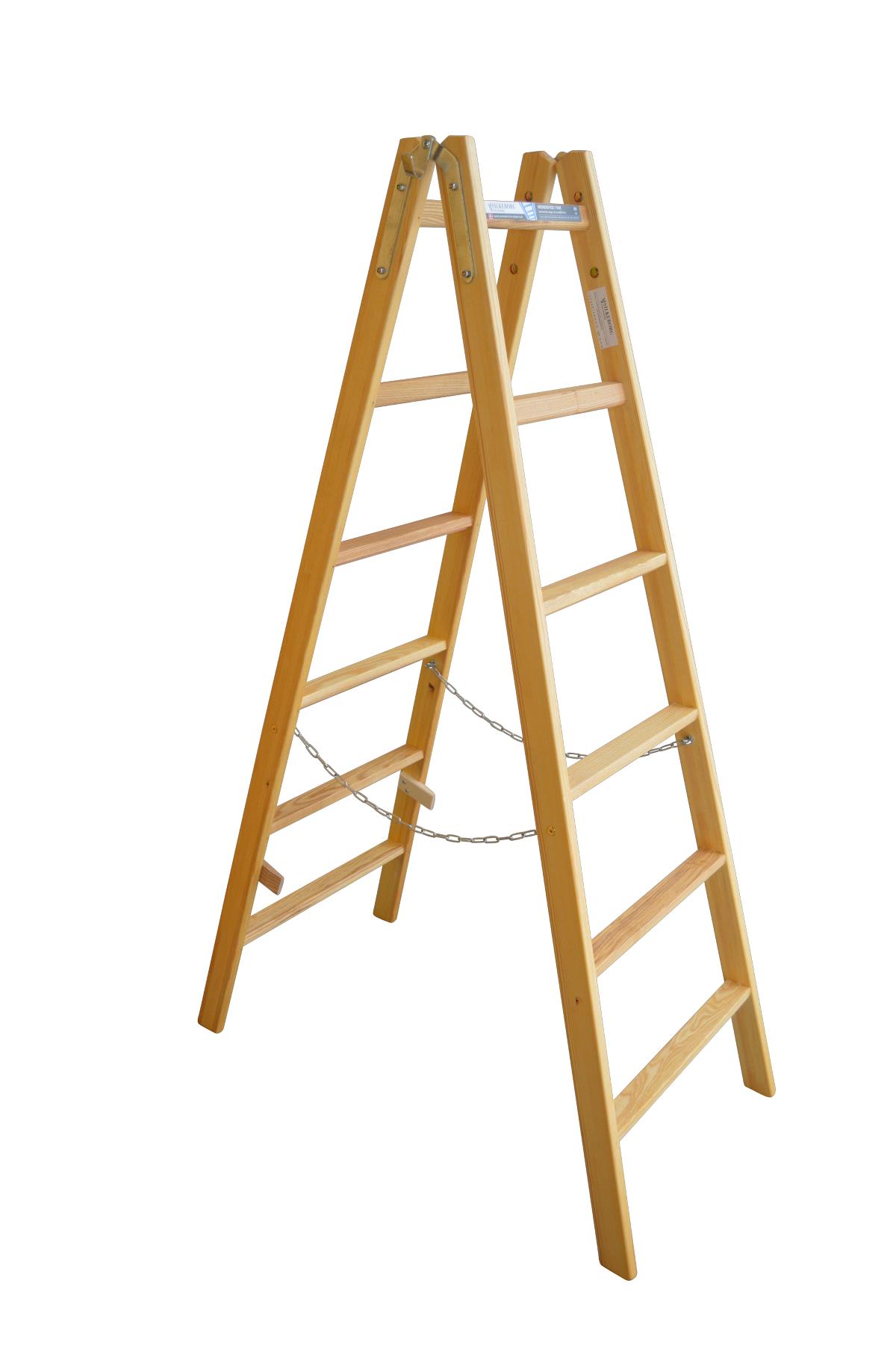
Step ladder 6 rungs 50 mm ergorungs Laminated stiles made of pine Impregnated to prevent
When checking your ladders stiles, you are looking out for any bent or split areas. If your ladders stiles are bent or split, we recommend that you do not step onto the ladders, as the damage to the stiles could cause the ladders to buckle or collapse. Ladder Feet. The feet of the ladder are the parts that make contact with the floor.
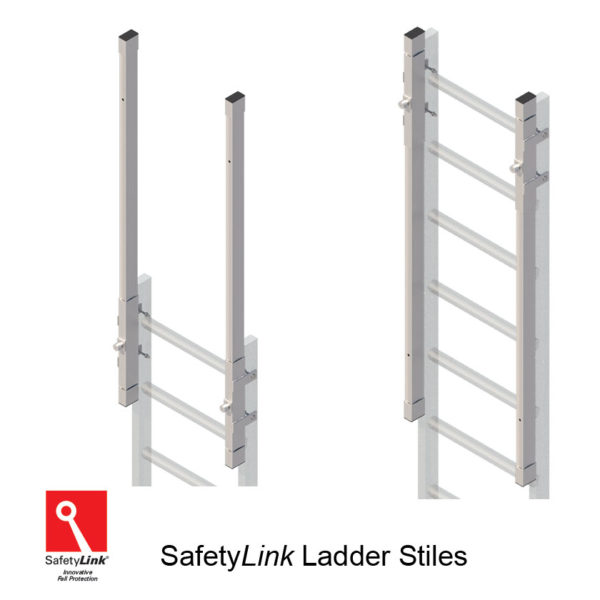
SafetyLink’s Permanent Ladders
The struts are the angled pieces of metal that cross between the horizontal & vertical parts of your ladder (i.e. the rungs & stiles). You will also find them on the back rails of step ladders or rear legs of double-sided ladders. These structural braces are there to provide longitudinal resistance & prevent your ladder from collapsing sideways.

Ladder inspection checklist for the home user
2. Rails or Stiles: Backbone of the Ladder. The rail is the vertical section of the step ladder. There are four rails present, two on either side, which are known as the back or rear steps and the front steps. Keep in mind that the rear steps are not designed for climbing, only for stability.

Kissing Gates and Styles of Stiles Grounded Traveler
This is where the ladder should be one space or unit of measurement out for every four spaces or units up (a 75° angle) Always grip the ladder and face the ladder rungs while climbing or descending - don't slide down the stiles; Don't try to move or extend the ladder while standing on the rungs; Don't work off the top three rungs.
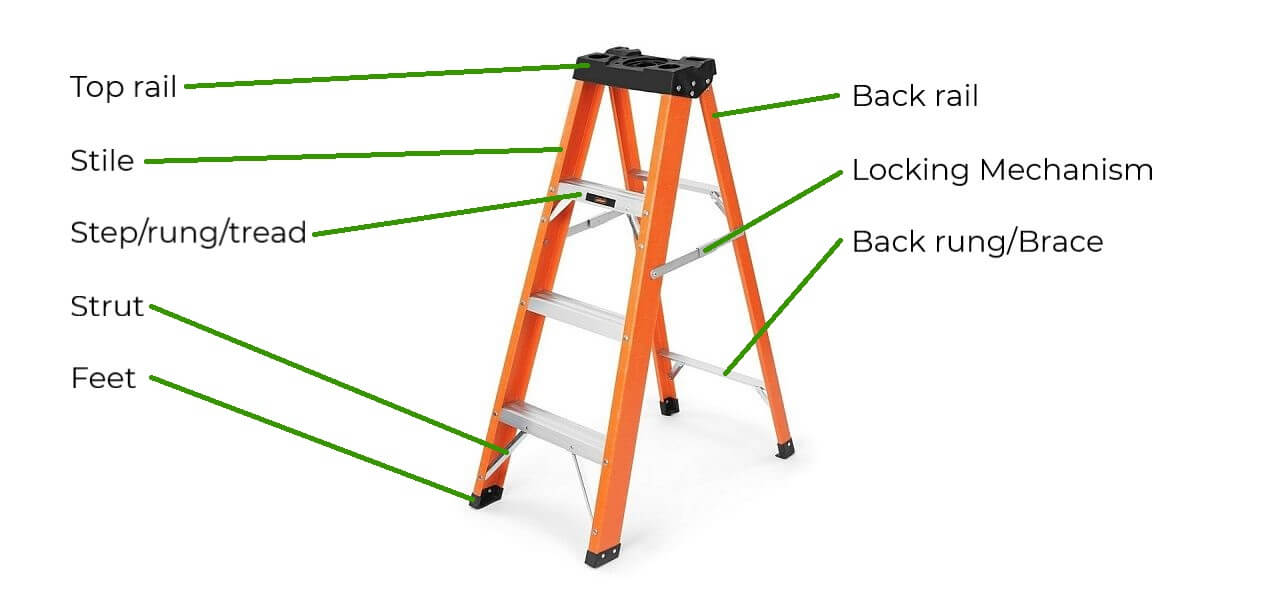
Ladder inspection checklist for the home user
1. Ladder stile This is a sort of semi-permanent step-ladder of timber, rising to a point over the wall, then symmetrically down again the other side. It's a surprisingly ancient form, shown in at least two of Thomas Bewick's 'tailpiece' wood engravings from the 1790s. In one,
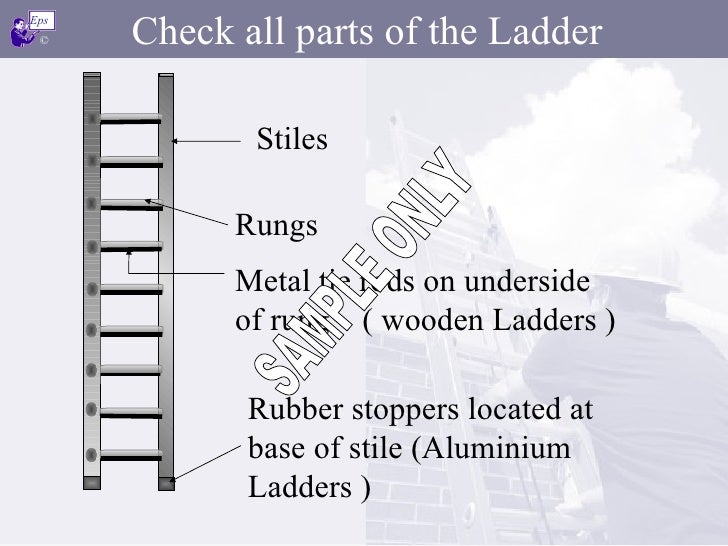
Ladder Safety Demo
Avoid placing the ladder on loose soil, sand, or stone. Stiles or Rails. These refer to the vertical parts where rungs and steps are attached. They differ depending on the type of ladder. Attic and single section ladders have two stiles while step ladders have four. Stile damage can result from improper ladder handling or transportation.
.jpg)
Glossary MYLadder Sdn Bhd
where ladders can be put up at the correct angle of 75o. To judge the angle use the angle indicator marked on the stiles of some ladders or the in 4 rule ( unit out for every 4 units up, as shown in Figure 0); where the restraint devices on stepladders can be fully opened. Any locking devices must also be engaged. 8 On a ladder or stepladder:
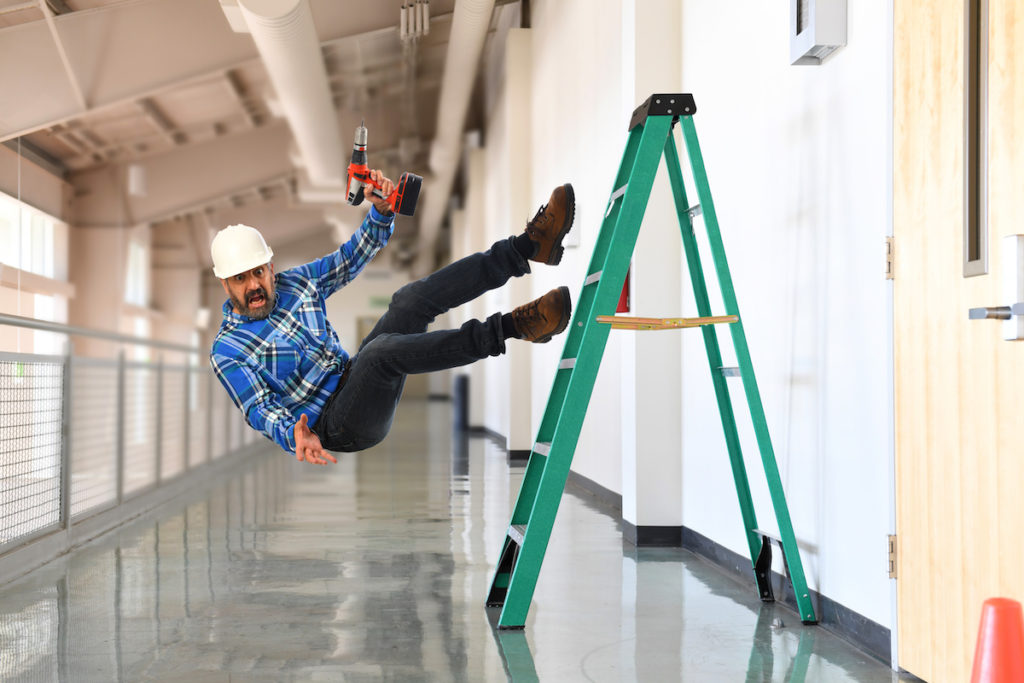
What are stiles on a ladder?
• make sure the ladder angle is at 75° - you should use the 1-in-4 rule (ie one unit out for every four units up - see Figure 1). • always grip the ladder and face the ladder rungs while climbing or descending - don't slide down the stiles; • don't try to move or extend the ladder while standing on the rungs;
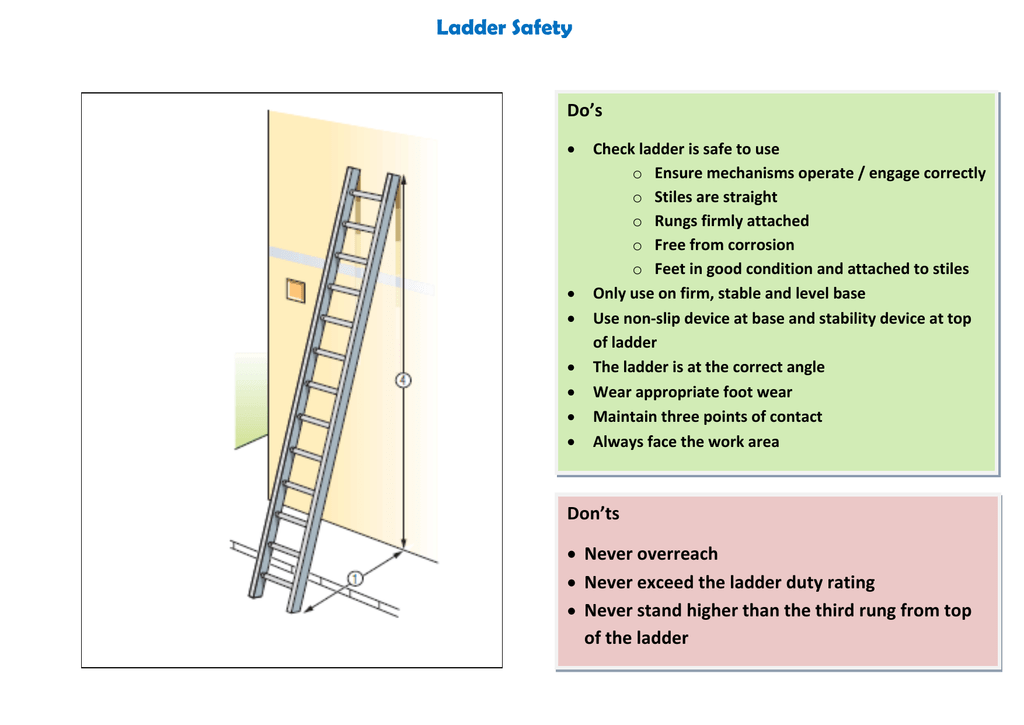
Ladder Safety Do’s
A stile is a structure or opening that allows people to pass over or through a boundary using steps, ladders, or narrow gaps. Stiles are frequently built along footpaths, fences, walls, or hedges in rural areas that enclose animals and allow people to move freely.

Ladder Safety Guide How to Reduce Risk at Height
Rungs & Rung Locks. Rungs serve the same function as steps on a step ladder. The only difference between rungs on an extension ladder and step ladder is that rungs on an extension ladder are half as deep to allow the fly section to slide up and down. Rung locks serve to lock the fly section into place so that it doesn't collapse.
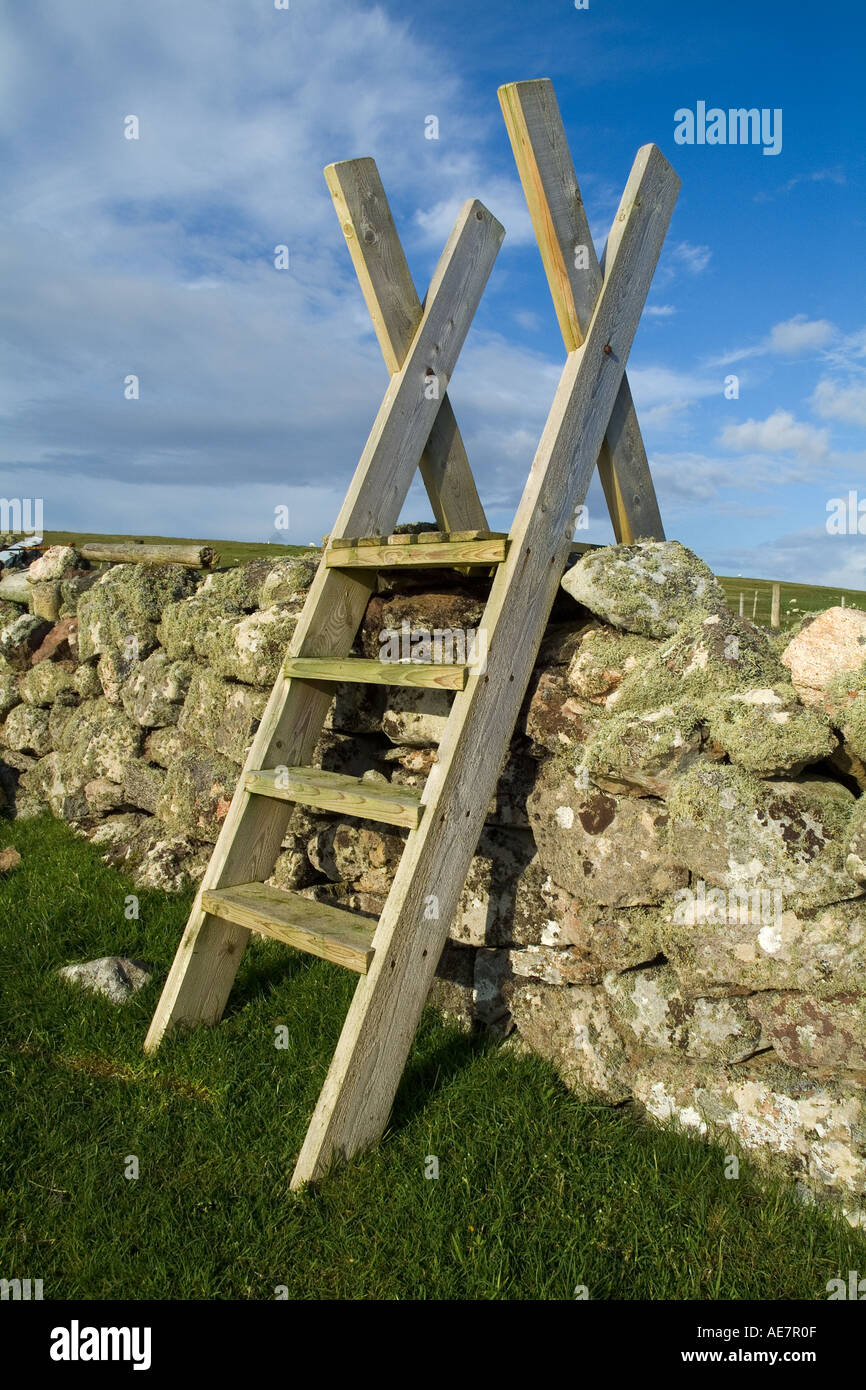
Ladder stiles hires stock photography and images Alamy
Vast Range - Choose From Step, Loft, Extension Ladders, Scaffold Towers & More! Shop Today With The UK's Favourite Ladder Store To Be Sure You're Getting The Best Price!

MLS112 SKYCLIMB Angled Cage Access Ladder with Extendable Stiles Safemaster Safety Products
Rigid ladders were originally made of wood, but in the 20th century aluminium became more common because of its lighter weight. Ladders with fiberglass stiles are used for working on or near overhead electrical wires, because fiberglass is an electrical insulator. Henry Quackenbush patented the extension ladder in 1867. Flexible ladders
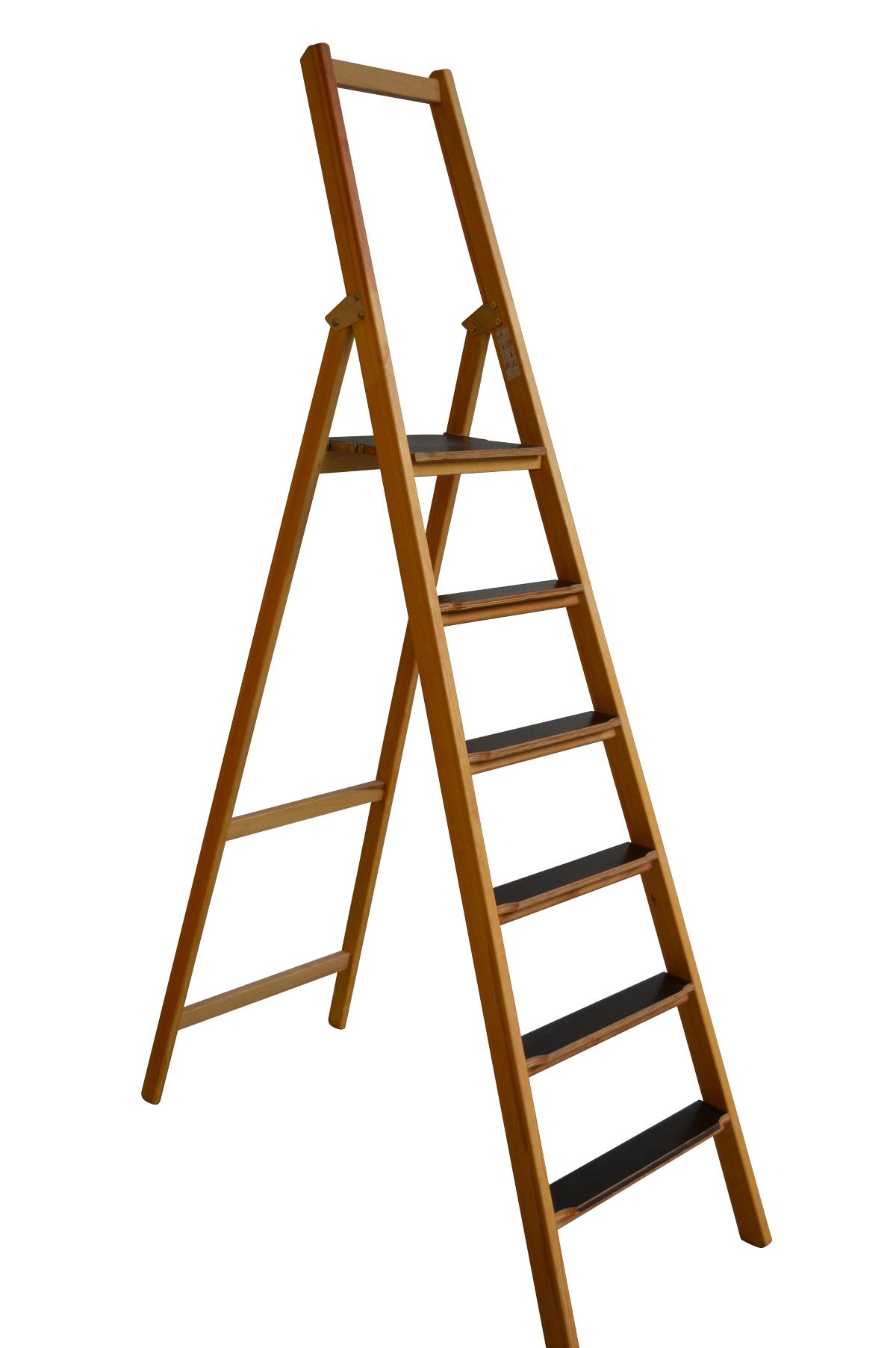
Front step ladder, 6 rungs made of wood Very stable and easy to fold and carry. 80 mm wide, non
Stiles: Stiles are the vertical sides or rails of the ladder that connect the rungs. They provide structural support and stability to the ladder. Ladders can have two stiles (single-sided) or four stiles (double-sided). Feet or Base: The feet or base of the ladder provide stability and prevent the ladder from tipping over. They can come in.

FixFast Retractable stiles for internal KATT ladders YouTube
the stiles - make sure they are not bent or damaged, as the ladder could buckle or collapse; the feet - if they are missing, worn or damaged the ladder could slip. Also check the ladder feet when moving from soft/dirty ground (eg dug soil, loose sand/stone, a dirty workshop) to a smooth, solid surface (eg paving slabs), to make sure the.
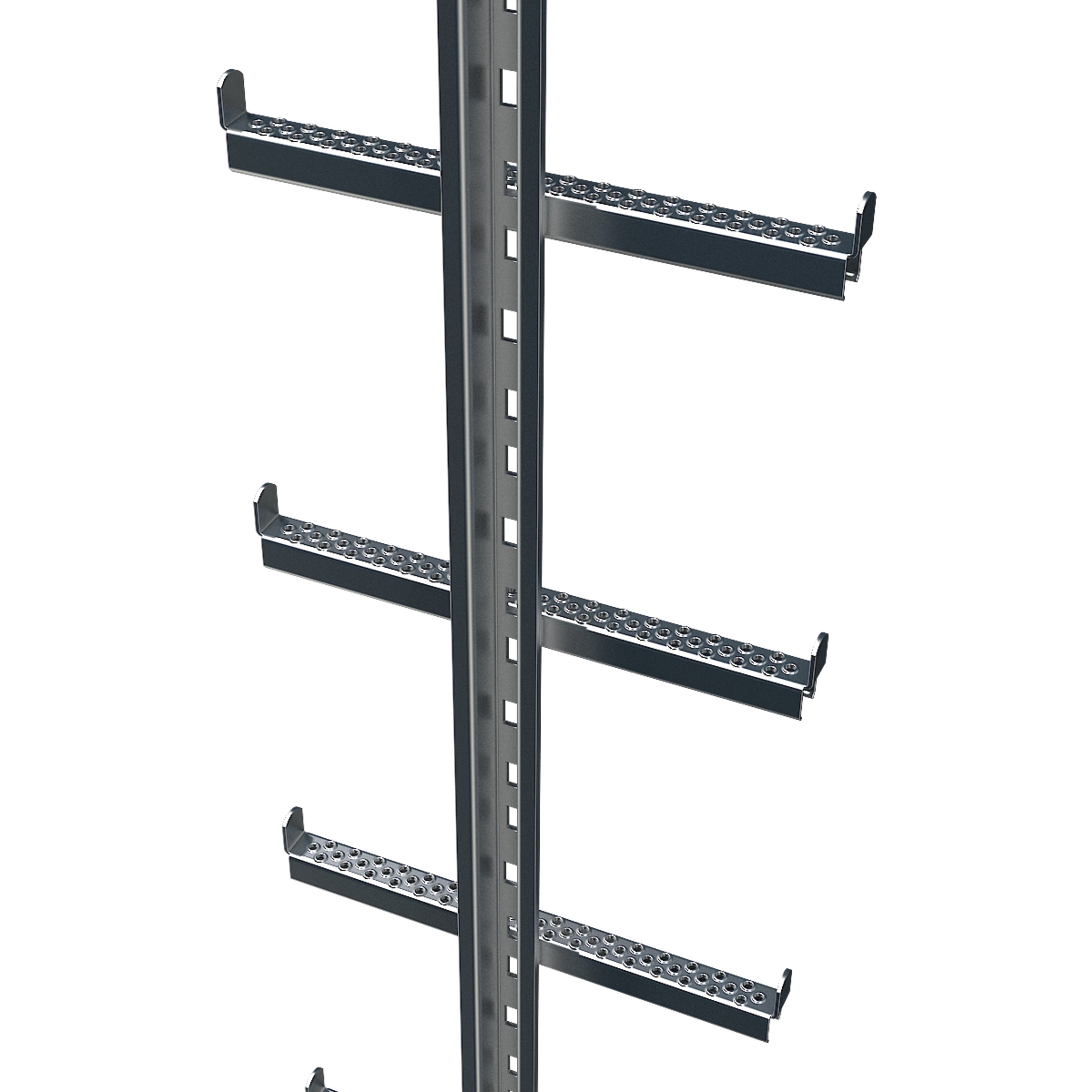
Singlestile ladder with integrated arrester rail. Fall arrester systems for singlestile
Ladder stiles. Ladder stiles are used mainly in upland areas to cross dry stone walls. As well as being robust enough to stand heavy use and weather over many years, they serve as useful 'waymarks', particularly for leading people down the correct route off the fellside into enclosed farmland. They should normally be assembled on site, both.